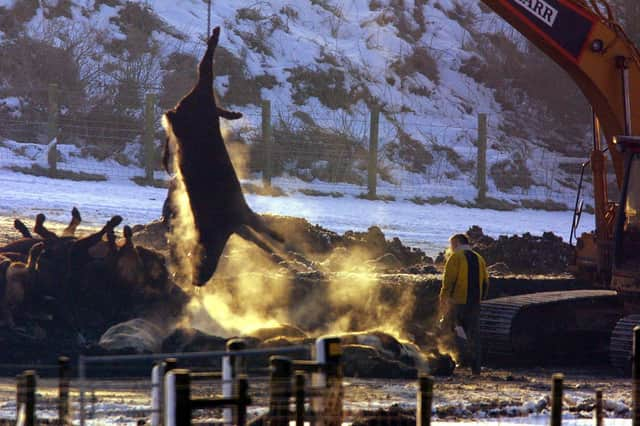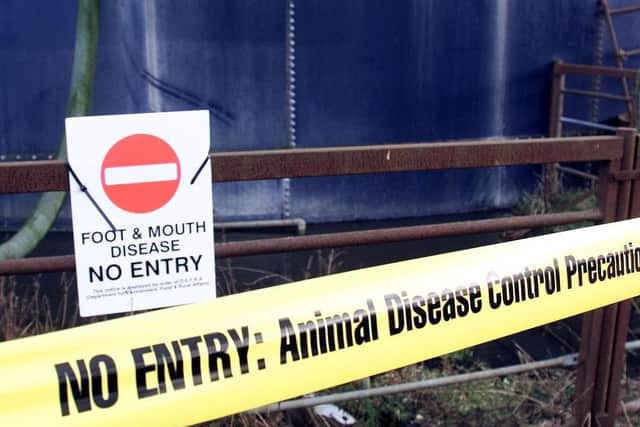The economic recovery lessons from 20 years ago - Lorna Young


Twenty years ago foot and mouth disease ravaged the rural economy of the south of Scotland. Businesses were shut, some children couldn’t go to school and movement was restricted for months. Last year many business owners in the south spoke quietly of a sense of déjà vu. They knew what was coming because they’d been here before.
Foot and mouth disease and Covid-19 hit at almost exactly the same time of year; the first few weeks of spring when the cashflow of seasonal businesses is at its lowest point - the worst possible time for the rural tourism industry to be closed down.
Advertisement
Hide AdAdvertisement
Hide AdContaining foot and mouth disease in Scotland led to 750,000 animals being culled in three months, most of them in Dumfries & Galloway. While the impact on the farming industry was devastating, those farms whose animals were killed were at least compensated, other rural businesses were not.


It was a different virus in a different time, but the early economic impact was eerily similar. Learning from what happened then could help inform economic recovery from Covid now.
People here say it will almost certainly take longer for the economy to recover than we hope. The rural shutdown of 2001 lasted for three months, but business owners describe it taking three years to recover. The lack of business grant funding was a factor, but finance wasn’t the only reason for a slow recovery.
Businesses are more than just economic units. Behind every small business is a business owner, and economic crises create very human trauma. Small business owners impacted by lockdown describe a marked reduction in confidence and capacity, mirroring what happened then. “It was very similar to Covid. We didn’t see friends for months. Like now, it was the not knowing and not being in control that was the biggest problem.”
In the aftermath of the virus there were some economic positives. A high profile, regional marketing campaign drove tourism recovery and built optimism within a hard hit sector.
Grants were thin on the ground, so business support focussed on adaptation, collaboration and diversification. That left a legacy of resilience and a highly networked regional economy; a legacy that has helped during the current crisis. There are obvious lessons here that should inform government policy as Covid grant support for businesses inevitably declines.
Of course this time the virus affects the whole world, and so change could be faster, more equitable and transformational rather than a gradual return to normal.
The main difference between then and now is that the eradication of foot and mouth disease in Scotland did allow normal to return. As we look towards another spring with tourism cancelled, a lesson from twenty years ago is that the businesses that survive will be those most able to adapt to a rapidly changing world.
Lorna Young is a marketing and rural economic development consultant based in Dumfries & Galloway
Comments
Want to join the conversation? Please or to comment on this article.